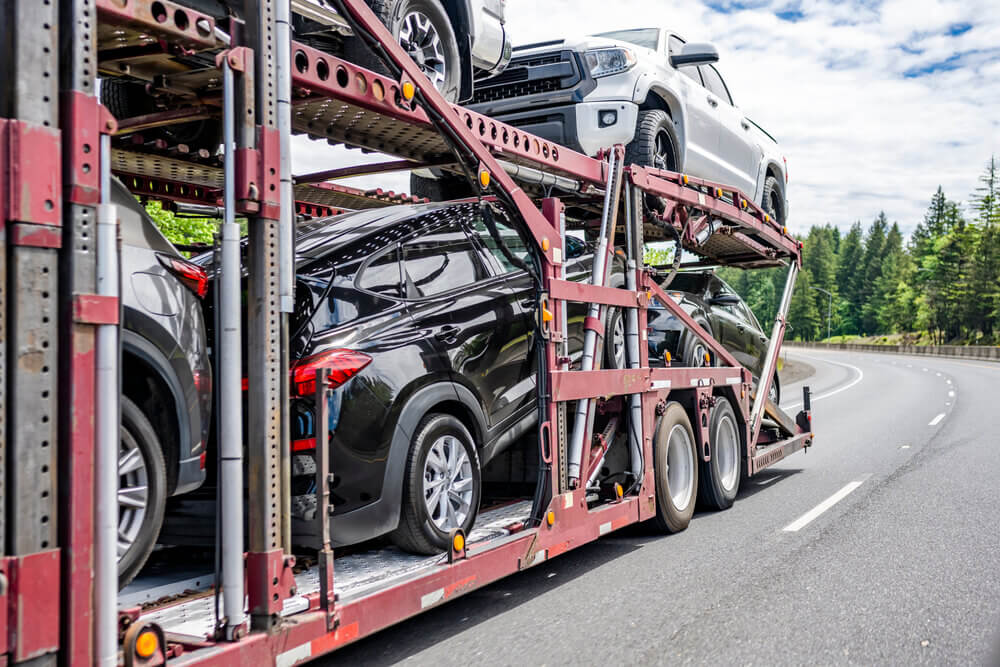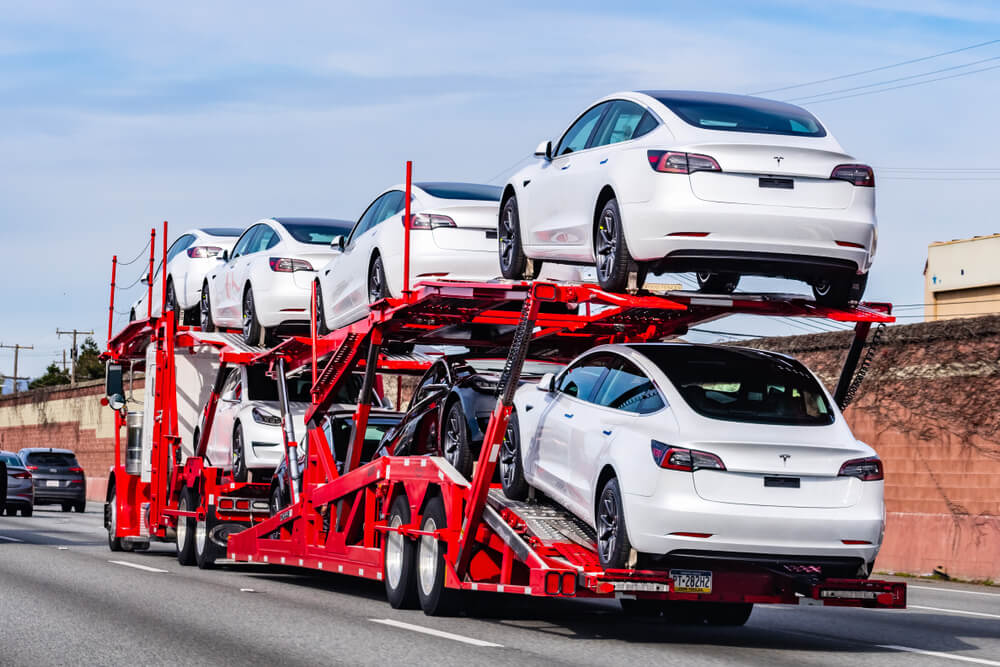Classic Car Shipping Tips and Industry Growth Trends Across the U.S.

Shipping a car, especially a prized vintage vehicle, requires careful planning, insider knowledge, and a pulse on the industry’s evolving landscape. In recent years, the car shipping industry growth has been significant, opening up new opportunities for both classic car collectors and transport service providers. For enthusiasts in states like Missouri and Hawaii, understanding regional dynamics alongside classic car shipping tips is essential for a safe and successful vehicle move.
As interest in auto transport services rises, particularly among classic car owners, the importance of staying informed and working with reliable professionals has never been greater. Whether you’re shipping a restored 1967 Mustang from Kansas City or relocating a family SUV across island terrain in Hawaii, the journey begins with understanding how the industry operates—and how best to navigate it.
The Booming Car Shipping Industry
States like Hawaii exemplify this change. As reported in recent industry analyses, the car shipping industry growth in the islands has been accelerated by rising demand for inter-island and mainland transport, with shipping companies expanding operations and adopting smarter logistics systems. This boom not only supports consumer needs but also fuels local economies through job creation and infrastructure improvements.
Meanwhile, the continental U.S. continues to be a stronghold for specialized transport needs, particularly in regions where classic car culture thrives. Missouri, known for its vibrant automotive community, has become a hub for classic vehicle preservation—and shipping.
Essential Classic Car Shipping Tips for Vehicle Owners
Classic cars are more than just modes of transportation—they’re investments, heirlooms, and often irreplaceable pieces of history. Transporting them requires a unique set of precautions to protect their integrity throughout the journey. Here are key classic car shipping tips every owner should know:
Choose Enclosed Transport: Unlike standard open carriers, enclosed transport offers enhanced protection from weather, road debris, and potential damage. This is a must for classic cars with delicate finishes or rare components.
Verify Licensing and Insurance: Only work with auto shippers who are licensed by the Federal Motor Carrier Safety Administration (FMCSA). Always request proof of insurance and understand the extent of coverage before signing a contract.
Document Everything: Take detailed photographs of the vehicle from all angles before pickup. Note any existing damage and confirm it with the carrier. This ensures clarity in case of disputes.
Use a Specialized Transporter: Look for companies with experience in classic or vintage car shipping. These professionals are more likely to understand the care and handling required for antique vehicles.
Plan Ahead: Scheduling transport early allows more flexibility and avoids rush charges. For seasonal shipping—such as snowbirds moving between northern states and Florida—book weeks in advance.
For more in-depth guidance, Hagerty’s classic car resource center offers valuable insight into car preservation and transport, helping owners make informed decisions that safeguard their vehicles.
Regional Differences: Missouri vs. Hawaii
Different locations present different challenges. In Missouri, the expansive highway network and seasonal weather patterns play a role in transport logistics. Winter shipping may involve snow and ice, requiring additional precautions. The state’s centralized location, however, often results in more competitive pricing and availability.
In contrast, Hawaii’s island geography creates logistical complexities. Shipping between islands or from the mainland requires coordination with ports, marine vessels, and local delivery services. The recent car shipping industry growth in the state has led to the introduction of more advanced port handling facilities and faster processing times, but vehicle owners should still prepare for potential delays due to weather or customs inspections.
Start planning early, ask the right questions, and lean on trusted resources to help you choose the best method. For more technical insight and best practices in marine transportation, you can explore the U.S. Maritime Administration—a reputable government source supporting safe and efficient maritime operations.
A Dynamic Future for Auto Transport
With growing environmental concerns and advancements in electric vehicle (EV) technology, the car shipping industry is likely to see further evolution. Green transport solutions, including fuel-efficient carriers and carbon offset options, are becoming more prevalent. In turn, consumers are becoming more selective about the companies they trust with their vehicles—especially when dealing with classic or high-value cars.
